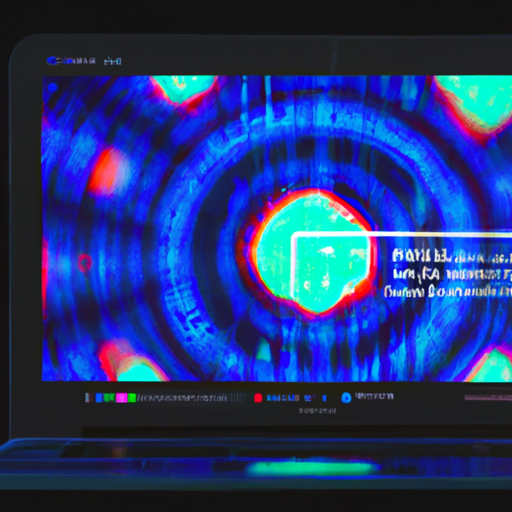In today’s digital age, the threat of malware is ever-present and constantly evolving. Malicious software, or malware, is designed to infiltrate, damage, or gain unauthorized access to computer systems, networks, and devices. With the increasing reliance on technology and the internet, it is crucial for individuals and organizations to understand the risks associated with malware and take appropriate measures to protect their digital assets. This article will explore the various types of malware, their detection and remediation methods, and provide valuable insights into the world of cyber security.
Understanding the Different Types of Malware
Malware comes in various forms, each with its unique characteristics and objectives. Some of the most common types of malware include:
- Viruses: These are malicious programs that can self-replicate and spread to other files and systems. They often cause damage to files and system performance.
- Worms: Similar to viruses, worms can self-replicate and spread across networks without any user intervention. They can consume system resources and cause network congestion.
- Trojans: These are malicious programs disguised as legitimate software. Once installed, they can provide unauthorized access to the infected system and steal sensitive information.
- Ransomware: This type of malware encrypts the victim’s files and demands a ransom payment in exchange for the decryption key. Ransomware attacks have become increasingly prevalent in recent years, with high-profile cases such as WannaCry and NotPetya making headlines.
- Adware: Adware is software that displays unwanted advertisements on a user’s device, often in the form of pop-ups or banners. While not always malicious, adware can be intrusive and negatively impact system performance.
- Spyware: This type of malware secretly monitors a user’s activities and collects sensitive information, such as login credentials, financial data, and browsing habits.

Detection and Remediation of Malware Threats
Effective malware detection and remediation require a multi-layered approach that combines various tools and techniques. Some of the key components of a robust cyber security strategy include:
- Antivirus software: Antivirus programs are essential for detecting and removing known malware threats. They use signature-based detection to identify malicious files and behavior-based detection to identify suspicious activities that may indicate a malware infection.
- Firewalls: Firewalls act as a barrier between a computer or network and the internet, blocking unauthorized access and malicious traffic. They can help prevent malware from entering a system and limit the spread of infections.
- Software updates: Regularly updating software and operating systems is crucial for addressing security vulnerabilities that can be exploited by malware. Many high-profile malware attacks, such as WannaCry, exploited known vulnerabilities in outdated software.
- Email filtering: Email is a common vector for malware distribution, often through phishing campaigns and malicious attachments. Implementing email filtering solutions can help block spam and malicious emails, reducing the risk of infection.
- Employee training: Human error is a significant factor in many malware infections. Providing regular cyber security training for employees can help raise awareness of potential threats and promote safe online practices.
- Incident response planning: Having a well-defined incident response plan in place can help organizations quickly identify, contain, and remediate malware infections, minimizing the potential damage and downtime.
Conclusion
Malware poses a significant threat to individuals and organizations alike, with the potential to cause significant financial and reputational damage. By understanding the various types of malware, implementing robust detection and remediation measures, and staying informed about the latest threats and trends, individuals and organizations can better protect their digital assets and maintain a strong security posture in the face of ever-evolving cyber threats.




